Need Some Guidance on Installing a French Drain? Check Out Our Latest Post for More Insights.
While the installation process might vary based on specific circumstances, by the end of this article, you'll grasp a standardized approach that can be adjusted to fit your unique needs.
Even though setting up a French drain is fairly straightforward, it still requires careful attention, especially if you're working near existing structures where there could be hidden pipes or electrical lines. If you're unsure about handling it yourself, don't hesitate to get quotes from local landscapers, groundworkers, or drainage experts.
What Exactly Is a French Drain?
A French drain is a simple yet effective solution for preventing flooding or standing water. Essentially, it's a trench dug into the ground, lined with a non-woven geotextile membrane, and filled with gravel (usually 10mm or 20mm) and often includes a perforated land drainage pipe. The gravel and pipe are fully wrapped in the geotextile membrane to stop sediment from clogging the drain. Water flows into the trench, travels along the pipe, and moves away from the flooded area.
How Does a French Drain Operate?
Water enters the gravel-filled trench and typically flows into a perforated underground pipe within the trench. The water then moves along the pipe and empties into a soakaway, drainage ditch, well, or another suitable drainage area. The trench is lined with a non-woven membrane that prevents silt and sediment from obstructing the drain. French drains are relatively easy to construct and offer an affordable way to improve drainage in a given area.
Before Installing a French Drain: Important Considerations
Jumping into the project without thorough planning can lead to issues. Before you begin installing your drain, there are several key points to keep in mind.
Proper planning gives you the assurance needed for a successful French drain installation.
Prior Planning
Without adequate planning, you risk digging a trench that doesn't effectively drain the area or one that's prone to clogs and inefficiencies.
Water naturally seeks the lowest point in an area, so it's essential to place your French drain at the lowest point of your landscape.
Consider the type of pipework you'll use – if any. The right pipework will ensure more water is drained away, providing a more efficient French drain. Typically, a 110mm perforated drainage pipe or perforated land drainage pipe is recommended. We also stock half-perforated twinwall drainage pipes here at EasyMerchant, which are ideal if there will be heavy loads or traffic above the drain.
Where Should Your Drain End?
As mentioned earlier, your French drain should end near the lowest point of your trench. Water can then flow away from areas prone to waterlogging and towards drier areas that can benefit from the moisture. The drain will usually empty into a drainage ditch, a soakaway, or an area less prone to flooding.
Let’s now delve deeper into the proper installation of French drains:
How to Properly Install a French Drain
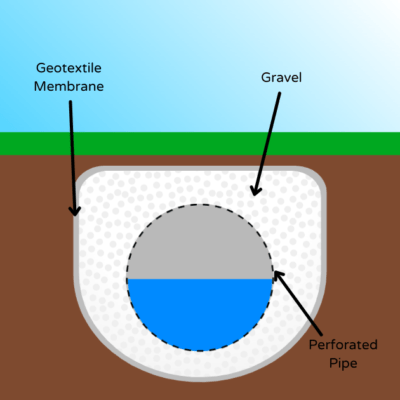
Traditionally, French drains were installed using natural aggregate to allow water to flow through freely into a more suitable location.
Depending on your situation, you may find it beneficial to implement a pipe for better drainage. This ensures your drain is less likely to become clogged with sediment and focuses solely on channeling water to its endpoint.
With a Pipe
Here are some practical steps for installing a French drain with a pipe:
- Decide where you want the water to drain, keeping in mind it should be as low as possible.
- Plan the path of your trench, including the water drainage destination, the size of the pipe required (if applicable), and ensure your route is clear of pipes, cables, and trees for unobstructed water flow.
- Think about what you'll do with the soil excavated during trench digging. You could reuse some of it later to stabilize your setup or dispose of it as necessary.
- Determine the width of the trench using 200-300mm as a rough guideline. While suitable, the length will depend on how much water needs to be drained. It’s better to overestimate than to end up with a poorly functioning drain.
- Dig your trench using a mini digger or by hand. Ensure your trench slopes at a minimum of 45 degrees to guarantee smooth water flow from the affected area and to maintain stable ground. Aim for a minimum 1% gradient to prevent water from pooling.
- Once your trench is ready, line its interior with permeable geotextile fabric. This lining will prevent sediment buildup that could disrupt the system.
- Fill the bottom of your trench with a layer of aggregate, then fill it up to around a third of the way. Larger aggregate is preferable to reduce blockages. The ideal size is around 10-20mm pea shingle.
- Place your perforated land drain pipe at the bottom of the trench, usually around 100mm wide with perforations facing the ground. This step is crucial as the hole placement will determine the success of water removal. Otherwise, the water will have to fill the pipe before draining out of the holes.
- After inserting the pipe, fill the remainder of the trench with pea shingle until it’s just below the surface level. Make sure the entire structure is wrapped in the membrane to prevent soil from entering the drain.
- Finally, cover your French drain to blend it seamlessly into the environment. You can use leftover soil or decorative aggregates to make it aesthetically pleasing.
Without a Pipe
If you lack access to piping and landscape fabric, you can still create a functional drain following traditional principles. However, it won’t be as effective and won’t last as long.
Follow steps 1-5 and then:
- Fill your trench with aggregate, starting with the bottom layer and then filling it up to around a third of the way. Without a pipe, water will still flow through the aggregate and into the desired area.
- Take extra care when covering the top of your French drain, as there’s nothing to prevent debris from falling in and causing blockages.
- Regularly maintain your drain to minimize blockages and ensure effective operation.
Another alternative for installing a French drain without using pipework is to use Enviroflow drainage planks. These are 1-meter-long sections of 100% recycled material that allow water to pass through and are resistant to blockages. They can be easily inserted into a pre-dug trench and covered back over without needing geotextile protection or professional tools, making them ideal for smaller garden projects.
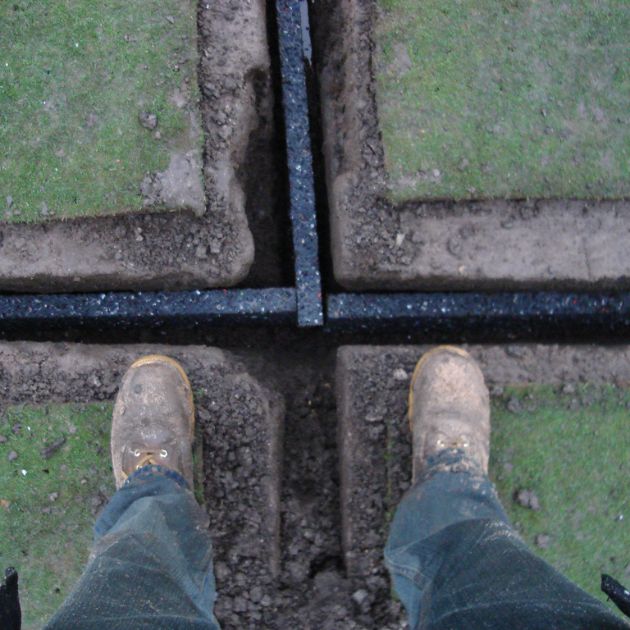
How Much Does it Cost to Install a French Drain?
The price of French drains varies significantly based on factors like size, the quality of materials used, and whether you hire professionals.
Here’s a rough cost guide to help you estimate the budget you’ll need:
- 1.5m x 30m Non-Woven Geotextile Fabric (100GSM) – ~£60
- 100mm x 25m Perforated Land Drainage Pipe – ~£80
- 7 x 20mm Graded Aggregate (1 tonne) – ~£60
Shop French Drains:
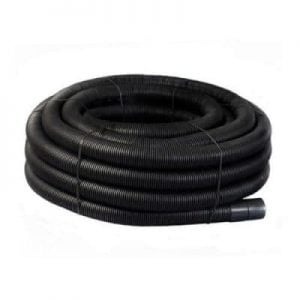
Land Drainage Pipe Coils – Black
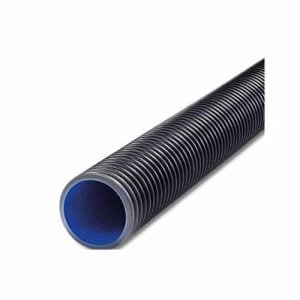
Twinwall Half Perforated / Perforated Drainage Pipe x6m
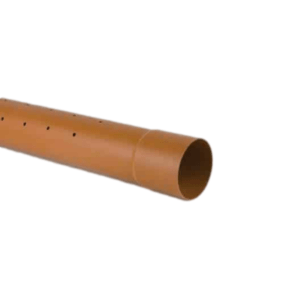
110mm 3m Perforated Sewer Pipe
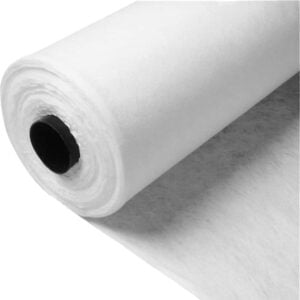
Terram T1000 Non Woven Geotextile Membrane – Custom Size

Soakaway Crate Kits Polystorm – Includes Geotextile and Tape!

110mm Drainage Pipe Fittings
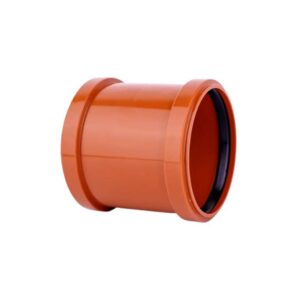
110mm Drainage Pipe Coupler
Body Jet,Water Jets,Body Spray Jets,Body Jet Fitting
JANGMEN MOON SHOWER SANITARYWARE CO.,LTD , https://www.moonshowerglobal.com